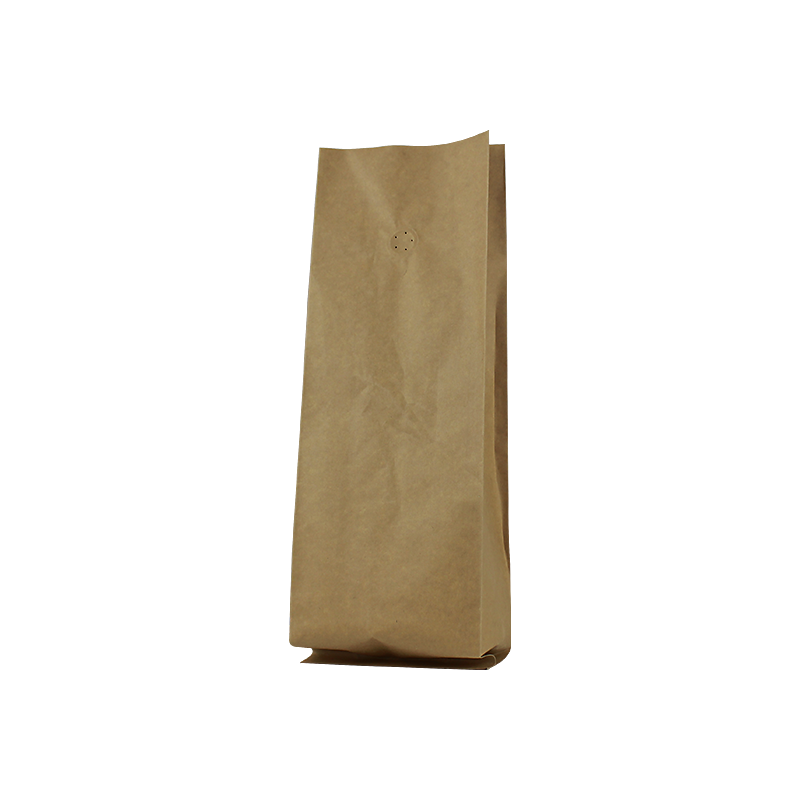can you print on baking paper
Can You Print on Baking Paper?
Baking paper, also known as parchment paper, is a versatile kitchen essential used by both amateur and professional bakers. It is non-stick, heat-resistant, and perfect for lining baking trays, wrapping food, and even creating makeshift piping bags for delicate pastries. However, as people's creativity in the kitchen expands, a question often arises can you print on baking paper?
The interest in printing on baking paper stems from the desire to personalize baked goods. Imagine cupcakes adorned with custom images or cookies featuring a family photo. While this idea is visually appealing, the reality of printing on baking paper is a bit more complex.
Understanding Baking Paper
Before diving into the printing possibilities, it’s essential to understand what baking paper is made of. Typically, baking paper is treated with silicone, allowing it to withstand high temperatures without burning or sticking. This treatment, while beneficial for baking, poses challenges for traditional printing methods.
Most printers use inkjet or laser technology. Inkjet printers spray tiny droplets of ink onto the surface of the paper, whereas laser printers use heat to fuse powdered toner onto the paper. Baking paper’s silicone coating creates a slick surface that isn’t always compatible with these processes.
Challenges in Printing
One of the primary challenges in printing on baking paper is the inability of standard printers to handle its unique texture. Most kitchen printers struggle to feed the paper correctly due to its thickness and flexibility. Additionally, the ink may not adhere well to the smooth surface, resulting in smudging or fading when the paper is subjected to heat during baking.
can you print on baking paper

Moreover, using regular ink can pose a food safety risk; not all inks are food-safe. It’s essential to ensure that any materials used for printing are safe to come into contact with food, especially if the printed side will be in direct contact with baked items.
Alternative Solutions
If your heart is set on achieving that personalized touch, there are several alternative options to consider. First, edible ink printers specifically designed for food applications can be used alongside edible paper. These printers use food-grade ingredients, making them safe for consumption. Edible paper, made from rice or potato starch, provides the ideal surface for printing custom images or texts, which can be placed atop cakes or pastries.
Another option is to use food-safe markers that can write directly on baked goods or edible decorations, allowing for customization without the need for printing. This method is simple and effective, especially for smaller projects.
Conclusion
While the idea of printing directly on baking paper is enticing, current printing technology and food safety concerns make it a challenging endeavor. However, the world of baking is ever-evolving, and with the right tools, such as edible ink printers and food-safe markers, bakers can still achieve that personal touch for their creations.
In conclusion, while traditional baking paper may not lend itself to standard printing methods, there are innovative alternatives for personalized baking projects. As the culinary landscape continues to evolve, embracing new techniques and technologies will undoubtedly lead to more exciting possibilities in the kitchen. So, whether you choose to explore edible inks or get creative with food-safe markers, the world of personalized baking is just a step away. Happy baking!













